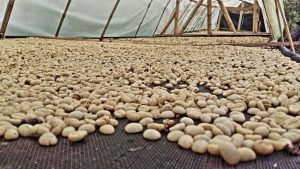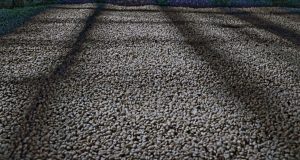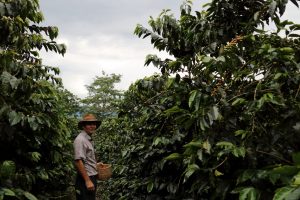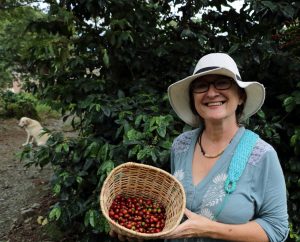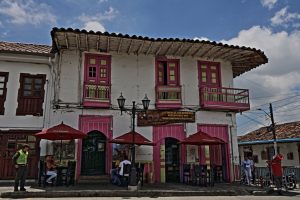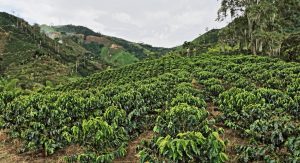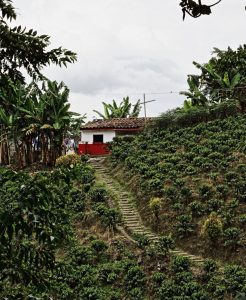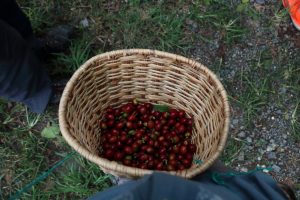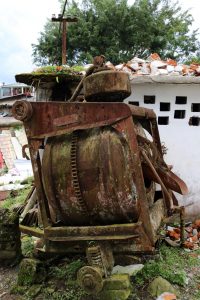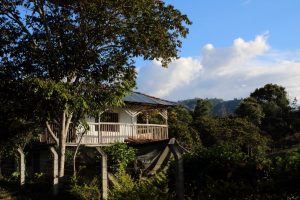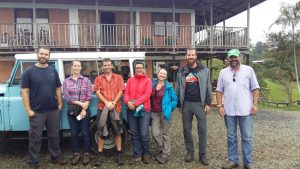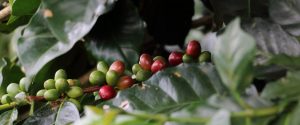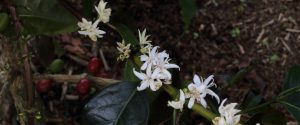Got time for a coffee? These days we’re not short on time to sit around and swap stories with other overlanders over a coffee, so it’s rather cool to finally be here in the centre of the Colombian coffee universe. You know that Colombia’s big on coffee, right? Well, here in the Zona Cafetera they grow shed-loads of it. And many of the coffee haciendas don’t just do the coffee-crop, they do coffee-tourism too. Large-scale and small-scale producers take pride in both educating visitors and producing top-notch beans. We trotted along to a hacienda at each end of the spectrum to see them do their thing.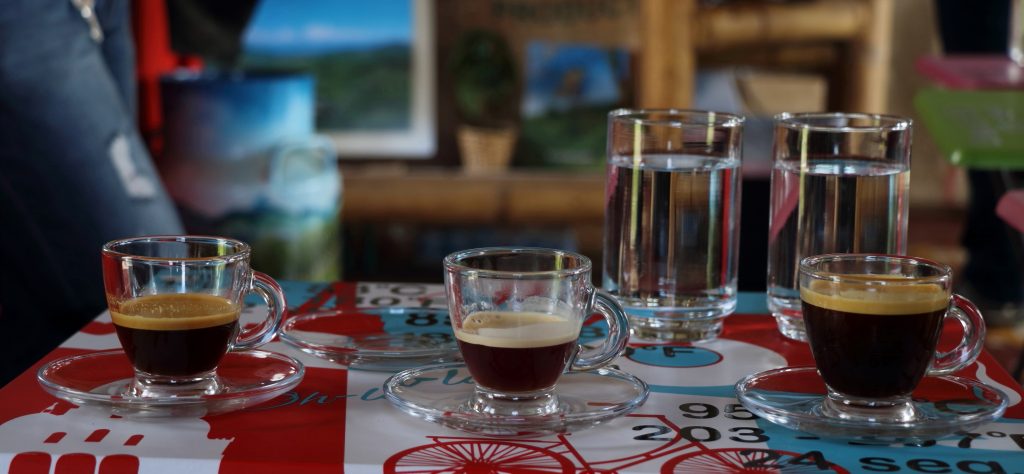
Here’s ten little factoids Colombia’s Zona Cafetera has taught us about coffee:
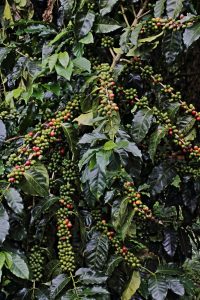
All the way from Arabia
1. Coffee’s not a South American thing.
It’s from Arabia! The coffee plant originated in Ethiopia and Yemen and was brought to South America by the colonisers in the 1700s. Only in the early 20th Century did Colombians get serious about big-time production and export.
2. There are only two main types of coffee bean in the world.
Almost all the coffee in the world is either the top-notch Arabica or the lower-grade Robusta. Would you fall off your perch to learn that the Robusta crop is more ‘robust’? (the clue is in the name 😊). It’s easier to grow, more resistant to disease and produces a higher yield. So why bother with the Arabica? Well… Arabica has half the caffeine content, better flavour and is more aromatic. Hmmm… Arabica gets my vote!
3. Colombia’s coffee was blighted when the Borer Beetle came to town.
Colombia is now third in the world, trailing just a little behind Vietnam and a long way behind Brazil, but it is still the largest producer of Arabica. The 1980s were Colombia’s coffee hey-day when it was second only to Brazil. In the late ‘80s the dratted Coffee Borer Beetle joined the party and devastated the industry; Colombia lost a chunk of its global market-share to young up-start Asian rivals.
- From this…
- … to this.
4. The coffee plant bears a ‘cherry’ with a ‘pit’.
On the plant, the coffee fruit forms from a pretty white flower. The whole coffee fruit is called the ‘cherry’ and the internal ‘pit’ is the bean bit that gets roasted, ground and brewed. Around the pit is a tasty sweet layer of fruit and an outer skin.
- Small-farm drying
- Large-farm drying beans
5. Honey can be made from coffee.
Who knew??? The sweet fruity layer of the coffee ‘cherry’ can be processed into a yummy honey. Unfortunately, the process is too pricey to be economically viable so don’t bother searching for it in Waitrose.
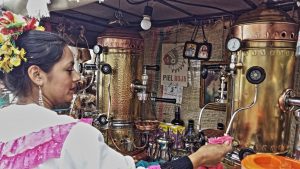
Making coffee, Colombian style
6. Coffee harvesting continues all year.
End of October starts the main harvest when seasonal workers from all over Colombia flock to pick beans. Problem is… the individual beans don’t all ripen at the same time, so the large producers harvest on a smaller scale with permanent staff all year round.
7. The ‘Torrefacto’ Factor.
You might want to look out for the term ‘Torrefacto’ or ‘Torrefaction’ on your coffee label. It means the bean has been coated with sugar in the final roasting stage. The bean gets a nice super-glossy finish and it can add up to 20% to the bean’s final weight. It seems the arguable effects are that it adds: a) more carcinogens (bad thing); and b) more anti-oxidants (good thing) to the end-bean. The unarguable effect is that it adds hidden sugar to your diet, affects the taste, and there could be up to 20% less real coffee in your pot. Apparently, some like it. To me it doesn’t sound much like a great thing, but then what do I know? 😉
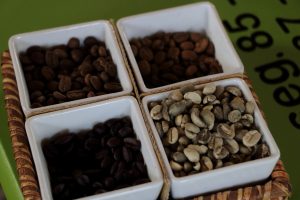
Anti-clockwise from bottom right: ‘green’, light roasted, medium roasted, dark roasted.
8. Coffee beans are normally exported ‘green’.
The beans aren’t usually roasted until they reach the destination country. This is partly to avoid the tax-man, but also because different markets have tastes for different strengths of roast; and because the flavour deterioration starts after roasting.
9. Colombians aren’t great coffee aficionados.
A small quantity of the best stuff is kept for local consumption by the gurus in the coffee region. The rest of Colombia gets the low-quality beans (in fact they often drink a yukky instant) and most of the good stuff is exported. Producers told us they want to keep more of their high-quality beans to develop a local/internal market, but they’re under pressure to sell it all to the National Federation of Coffee Growers for bulk export.
- New recruit pickers
10. There’s a picker shortage.
The future of Colombian coffee is under threat from a lack of picking-bods. In peak season, a picker does 11 hours per day. They use both arms alternately to pull beans from the branches in an action not dissimilar to milking a cow. It’s labour intensive and can’t be mechanised due to the different ripening stage of each bean. We had a go at the coffee-picking lark… it’s not easy work. Not surprisingly, today’s young Colombians aspire to things greater than coffee picking, which leaves the farms wondering where they’ll get their pickers in 10 years’ time.
So there you go. Something to ponder on next time you pick up your mocha-spiced-flat-white-caramel-macchiato-latte from Starbucks 😊.
Link to next blog: Medellin: Tale of a City Link to full South America Blog
Colombian Coffee – Photo Gallery
- Small-farm drying
- Making coffee, Colombian style
- New recruit pickers
- … to this.
- Large-farm drying beans
- From this…
- Brought from Arabia
- Anti-clockwise from bottom right: ‘green’, light roasted, medium roasted, dark roasted.



